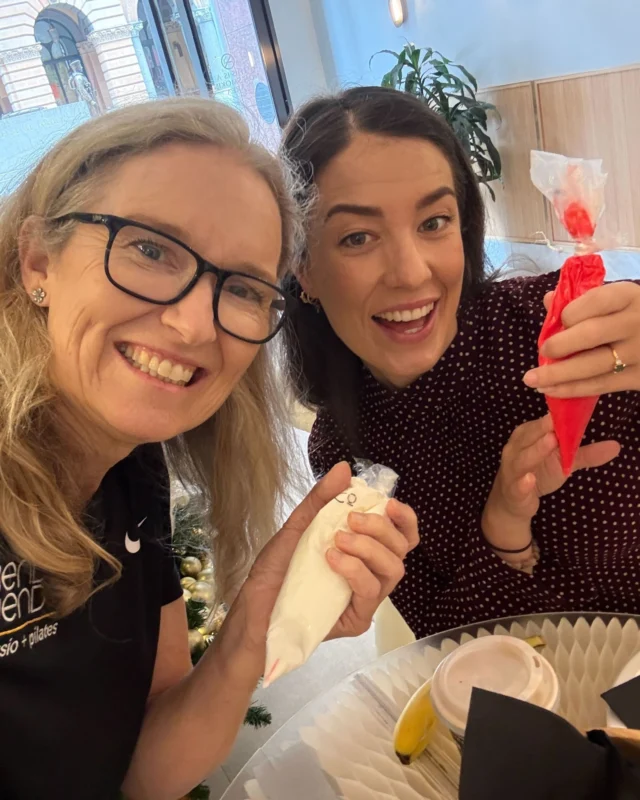Bursa are fluid filled sacs found in many places in the human body. Their role is to help lubricate joints and body surfaces which are particularly susceptible to friction from surrounding structures. An interesting read on bursa can be found here. One particular bursa is located in the subacromial space, an area of the shoulder. The subacromial bursa sits just under the acromion, the solid bony point of the shoulder just distal to the collarbone. Sitting next to the bursa is the supraspinatus muscle, the deltoid muscle, the acromion and coracoid bony points and the coracoacromial ligament. This particular bursa has an important role in reducing friction in an area about 1cm in size.
Commonly the subacromial bursa is injured by shoulder impingement, repetitive overhead movements, and a direct trauma. Less commonly by infection and autoimmune diseases like rheumatoid arthritis. Shoulder bursitis is a common diagnosis for pain, but is the bursa the reason for your shoulder pain? Let’s explore further.
Shoulder injuries are the third most common injury that present to physiotherapy. However for all primary care visits it is estimated that subacromial bursitis makes up 0.4% of cases.
A recent study on ultrasound imaging of non symptomatic shoulders had interesting findings. The researchers scanned at random 51 participants shoulders and had the results reviewed by 3 different sonographers. 78% of the participants were found to have subacromial or subdeltoid bursa thickening yet had no pain. So what does this mean when you have shoulder pain? Likely the reason may not be the bursa.
So what could it be instead? Well this depends on your mechanism of injury, your history and how your shoulder presents. An experienced Physio takes all of these into account when clinically reasoning your diagnosis.
Should you still get a scan? Well that also depends on what is likely to be the diagnosis. You may be better off getting a Physio assessment first and discussing if a scan is required with your clinician.
Treatment for bursitis is often simple, once the key drivers of the bursitis are isolated we can use hands in treatment to calm down irritated tissue, stretch out tight structures and issue exercises to strengthen weakened muscle. To relieve pain over the counter anti inflammatory may be beneficial and in rare cases a corticosteroid injection can help.
If you would like to discuss your shoulder bursitis further come in and see one of our experienced Physiotherapists at four great locations in Sydney’s CBD.
References:
Faruqi, T., Rizvi, T., (2019) Subacromial Bursitis https://www.ncbi.nlm.nih.gov/books/NBK541096/
Girish et al. (2011) Ultrasound of the Shoulder: Asymptomatic Findings in Men. American Journal of Roentgenology. 2011;197: W713-W719. 10.2214/AJR.11.6971 https://www.ajronline.org/doi/full/10.2214/AJR.11.697





